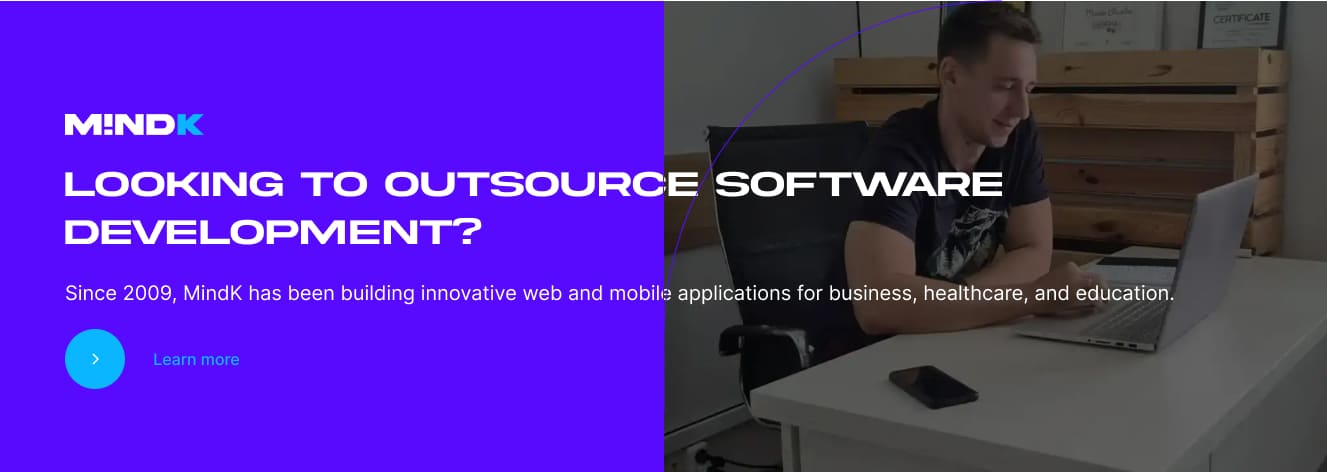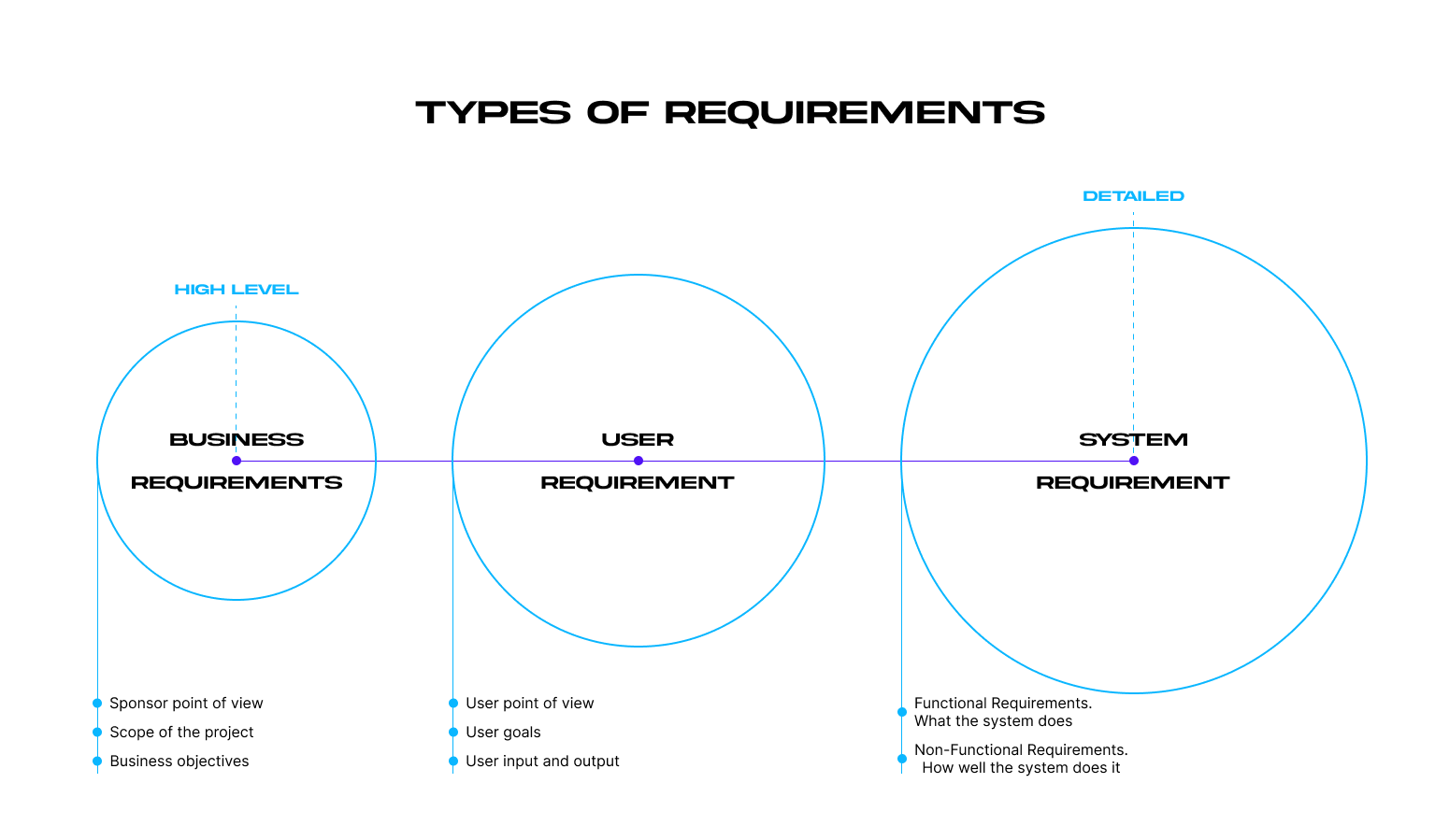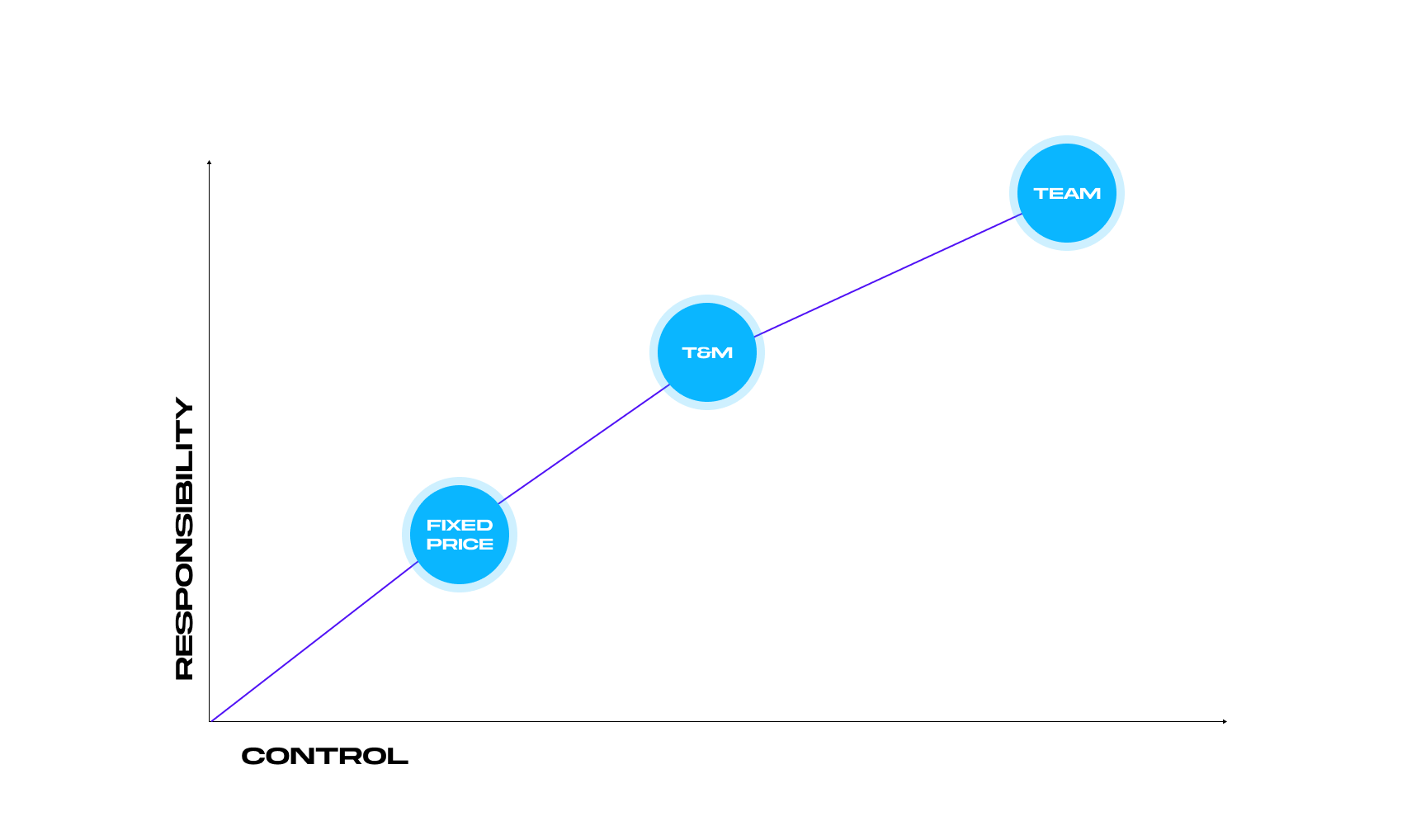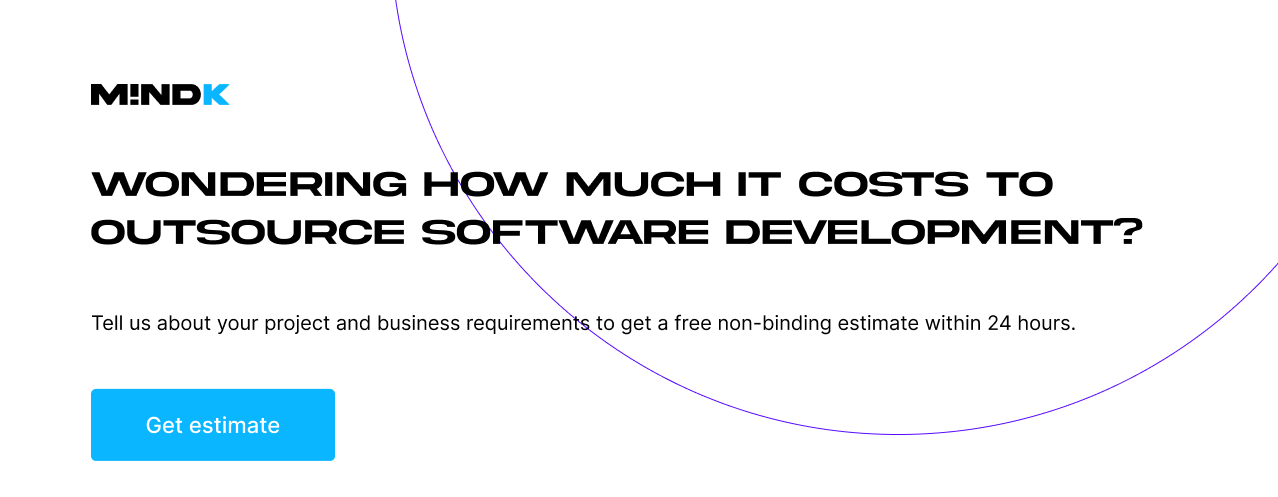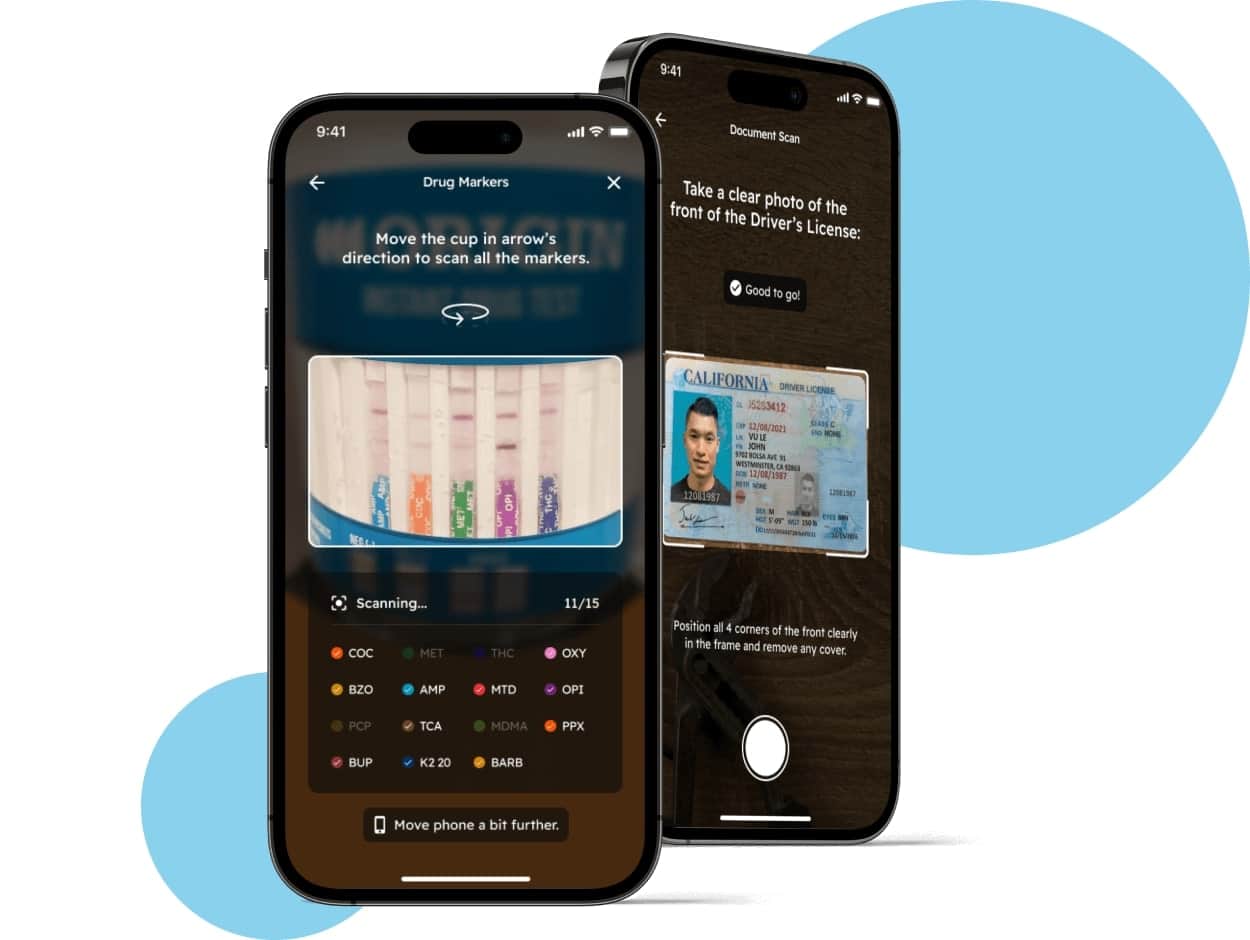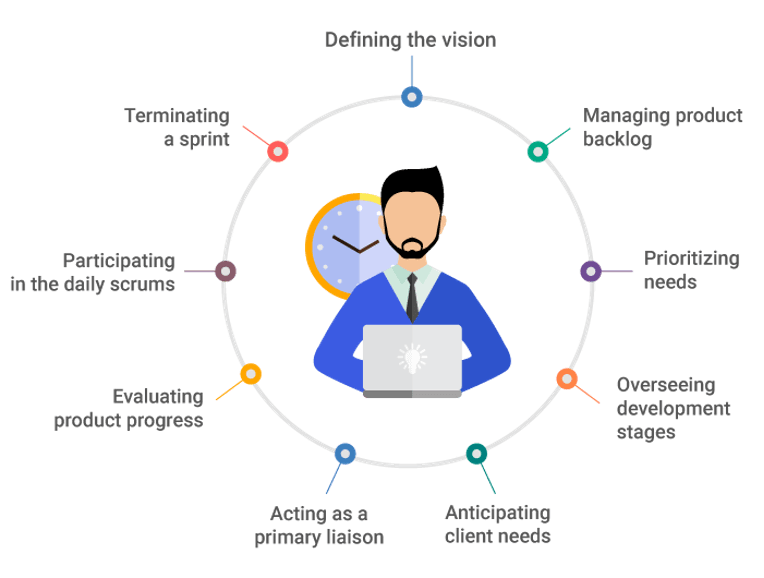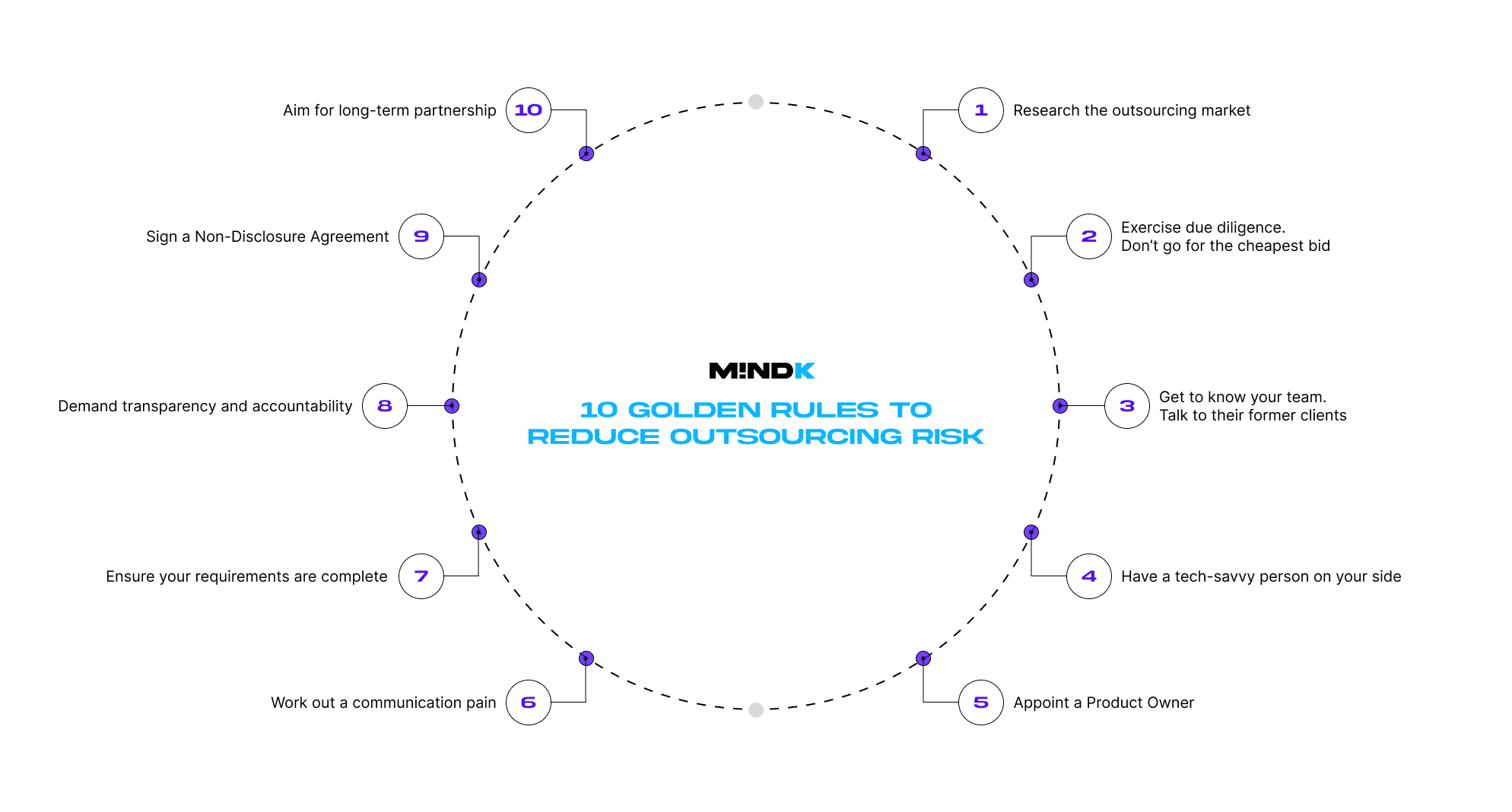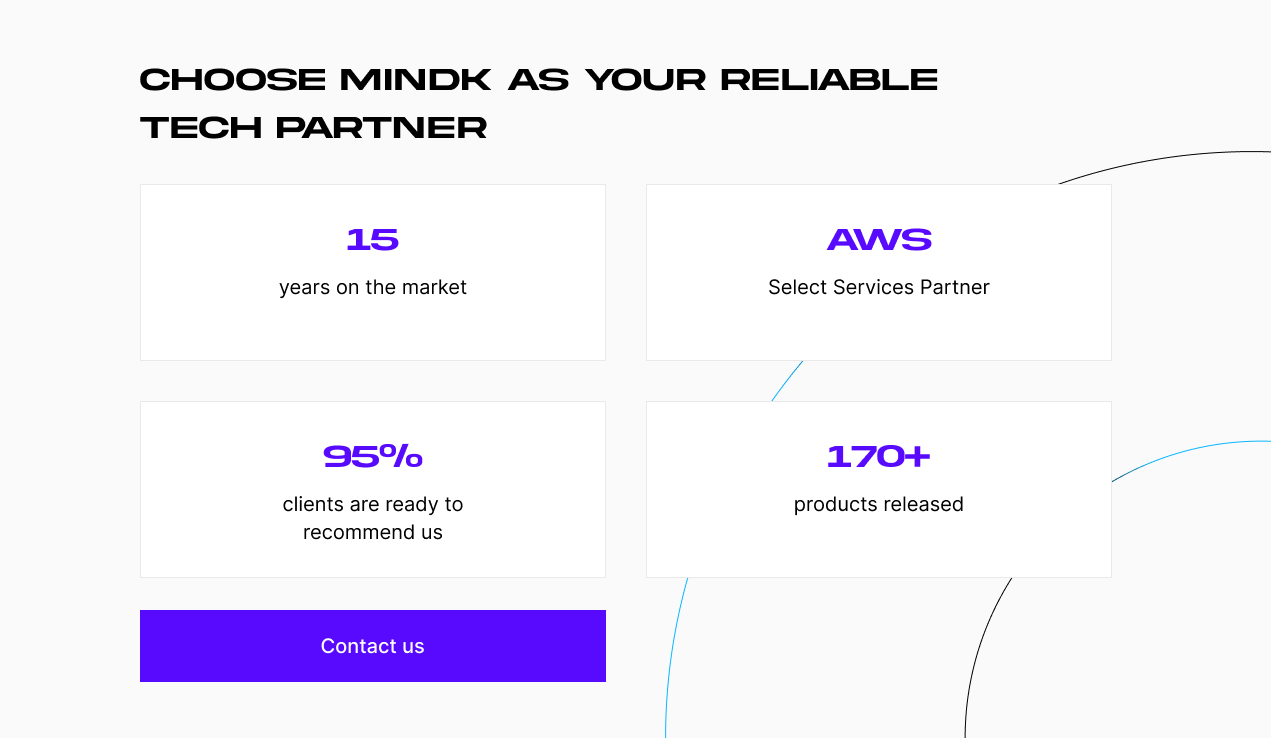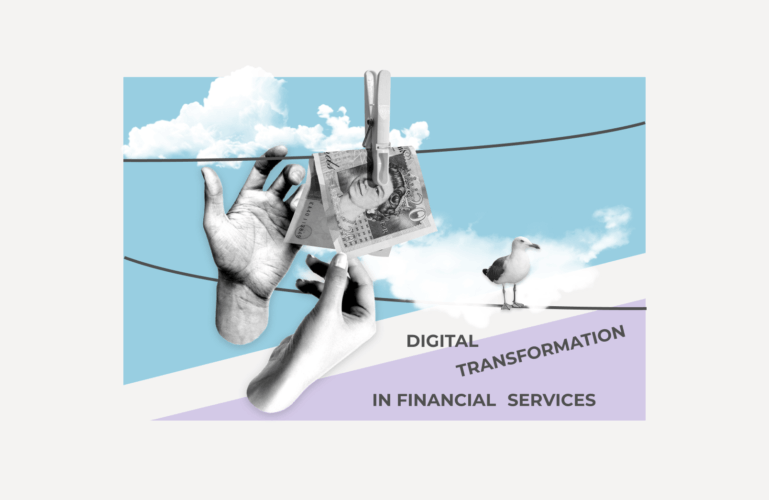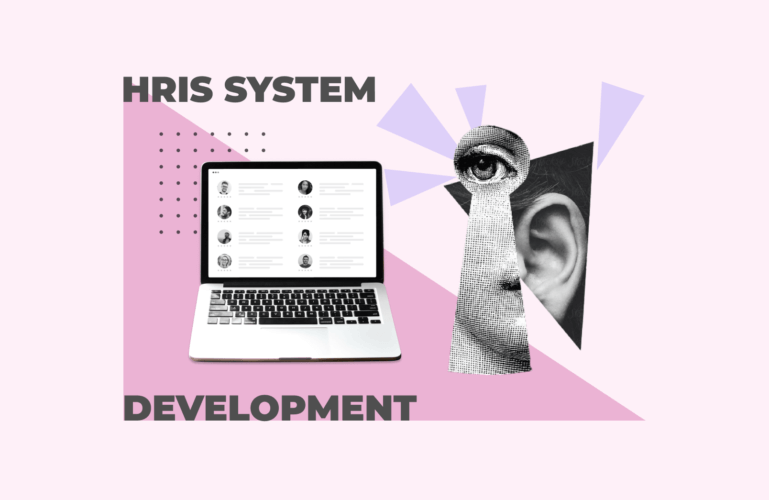Outsourcing opens up your business to a whole host of risks, from possible delays to losing control over your dream project. The capability to avoid and mitigate these risks is what separates your future success from failure. As the CEO of a product development studio, I know this very well. In fact, one of my first clients at MindK suffered multiple disastrous attempts at outsourcing.
As it often happens, his story began with a promise of huge savings. When the time came to release the SaaS platform, the vendor asked for a bit of extra funding to finish the job. Then a bit more, and another. With delay after delay, the client got buggy software that barely worked.
I’ve witnessed the same story repeated in government services, healthcare, and other industries.
The good news is that you can mitigate most of the risks of outsourcing if not entirely avoid them. So, let’s discuss some of the most common pitfalls and effective strategies for beating these challenges.
Table of contents:
- #1 Shady and unprofessional vendors
- #2 Unforeseen expenses
- #3 Low quality of the end product
- #4 Security and IP risks
- #5 Miscommunication
- #6 Vendor and tech dependency
- #7 Loss of control
#1 Shady and unprofessional vendors
Most risks in outsourcing and the problems described come from vendors who overstate their capabilities, play down the costs, and lack transparency during the project.
How to avoid shady vendors
Most companies will talk of vast expertise and top-notch talent. However, you need to take some precautions with outsourcing risk management.
Make a detailed investigation
Investing effort to vet potential partners will save a lot of time, money, and secure the success of your product.
- Research enough to be aware of IT market resources. Pick at least 5 high-potential IT companies that appear to fit your needs.
- Compare criteria such as service models, cooperation approaches, portfolios of latest projects, and client feedback.
- Make sure that the development company has previously worked remotely. They need to have all the processes set up for that.
- Learn about a vendor’s technology stack and development practices to make sure that you are dealing with actual professionals.
- Do not hesitate to request CVs of the potential team members to ensure you are hiring the best talent.
- Interview company representatives. Pay attention to how comfortable you are communicating with them and to the quality of your questions. How attentively do they listen and converse before rushing to offer a solution?
A discovery call is a standard procedure at companies like MindK. It’s a perfect opportunity to learn more about the vendor’s company, development teams, and disclose your project needs.
If the requirements are clear, you can expect a ballpark estimate within 2 days. Our rough estimation document, for example, consists of five sections: the estimate itself, our assumptions, our suggestions, limitations, and our questions.
Sure, a rough estimate alone isn’t enough to draw up a detailed budget but can serve as a roadmap for your project. In cases where the project requirements need a more detailed discussion, we set up an additional meeting.
Start small
A pilot project can verify whether the IT service provider fits your long-term goals. Different companies may call this approach a Proof of Concept or a Minimum Viable Product (MVP).
An MVP can mitigate a variety of risks, including feasibility, usability, and business viability. Take, for example, a team of Grammy Award-winning producers who wanted to remove some of the most frustrating elements in music production. They couldn’t be sure that enough people would pay for their solution. They also couldn’t afford to invest heavily into a native app with unproven potential.
The solution was to develop a small Progressive Web Application (PWA) to prove the concept. With a working app in hand, producers could show it to potential users and investors. Both loved the concept, which helped raise funding to build feature-rich iOS and Android applications.
This model is ideal for building trust with a new partner. What’s more, opting for a fixed-price model during this initial project reduces the risk you exceed the budget. However, it’s not enough to eliminate it all by itself.
#2. Unforeseen expenses
Unforeseen costs often result from changes in scope. They also come from hidden fees like staff training, knowledge transfer, project setup, API integration, software license, and infrastructure costs.
An outsourcing vendor should be transparent about these costs before the start of your partnership and throughout the project.
How to avoid unforeseen costs
Set up clear requirements
This will help you define the scope of work and reduce the chance of unexpected costs. I always recommend running a requirements gathering session with a professional Business Analyst, Product Manager, and Solution Architect to discuss all the possible issues before the work starts. If necessary, MindK also runs market analysis, user research, quick prototyping, and product strategizing to secure its future success.
Sometimes, however, it’s difficult to clarify the requirements during a single session. The reasons are many, from complicated business processes that require more detailed investigation to the lack of a clear-cut product vision.
In this case, I suggest running a Discovery Phase. It’s a short engagement that’s typically billed as a separate, fixed-price project. Working closely with the client for 2–4 weeks allows the vendor to clarify the vision and provide an accurate project scope, budget, and timeline. You can then sign another contract to develop your product, take the specification to another vendor, or build the solution in-house.
From my experience, the more detailed the requirements, the more accurate the estimates and the higher the chances of meeting them.
Choose the pricing model that fits your project
Before starting the collaboration with a development partner, discuss the pricing (or engagement) model for your project. There are several main options:
- Fixed Price.
- Time and Materials (T&M).
- Dedicated Development Center (DDC), and so on.
You can learn about their strong and weak points in our article about the engagement models.
In short, the fixed price model is all about freezing the costs of your project in place long before development starts. That’s why it doesn’t suit projects with changing requirements. However, a fixed price approach may be a good fit for a small MVP or a proof of concept. Such projects last no longer than-two months, have crystal-clear scope and requirements.
On the other hand, the Time and Materials model suits long-term cooperation between a client with evolving requirements, and a development company you trust.
A dedicated team approach, in turn, is the best option for projects with definite goals and flexible requirements. It is ideal for long-term partnerships with the development partner.
At MindK we communicate the engagement model with the client. As far as each of the engagement models has its level of control and responsibility, we choose the one that best fits the software project.
Sign a Service Level Agreement (SLA)
The Service Level Agreement lists the costs and services provided by an outsourcing company. To prevent any surprises, learn about the cost of integrations, hosting, on-site visits, overtime, and buying the necessary plugins, hardware, or software.
#3. Low quality of the end product
Product quality suffers if you collaborate with a vendor of low skills or dubious morals.
If you ask a dozen people who failed with outsourcing, most of them tell a similar story—they all wanted to save money. They all went for the cheapest offer on the market. They all got a team of newbies in the middle of nowhere and a host of communication problems.
When the end result is a buggy mess of code, all the benefits of outsourcing go out the window.
How to avoid low-quality output
Do not fall for a low price tag
Although outsourcing saves money, it shouldn’t be the only criterion that matters. A smarter decision is to send out Requests for Information (RFI) & Requests for Proposal (RFP).
Then, evaluate vendor responses based on weighted criteria (e.g., technical expertise = 40%, cost = 20%, timeline = 20%, communication = 20%). Properly selected companies are generally more productive and efficient, even if they have higher rates.
Download a customizable RFI / RFP template for outsourcing vendor selection
Make sure the vendor has high development standards
There can be no compromise when it comes to quality:
- Check whether the software contractor understands the role of QA on the project and employs code cross-review. Look at their tech stack (for example, frameworks, libraries, testing, and monitoring tools). Do they only focus on manual UI testing or provide the full range of software testing types, including Performance testing, API testing, AI-driven test generation, documentation, and codeless test automation?
- Learn whether the contractor uses state-of-the-art DevOps practices to speed up development while maintaining high quality. This includes intelligent platform engineering, MLOps, infrastructure as code, CI/CD, containers, monitoring, source control systems, build automation tools, DevSecOps, and so on.
- Have a tech-savvy person on your side. Outsourcing doesn’t free you from the need to have at least some technical knowledge. Embrace this responsibility, and you’ll get a well-developed solution that meets the needs of your business.
Study the vendor’s industry expertise
The lack of domain knowledge can cause numerous issues during development and result in a product that differs from the industry standards.
This information is typically found on the vendor’s website. MindK, for example, specializes in Healthcare applications, e-learning software, and SaaS product development.
I further recommend requesting case studies, customer references, and other proof of the vendor’s experience.
Start your partnership with a discovery phase as another test of capabilities. You’ll receive finished wireframes, use cases, and business processes—a blueprint for your future product. These workshops will reveal any gaps in the vendor’s technical expertise and soft skills.
If you notice any red flags, simply take your blueprints to a more competent developer. This way, a small investment upfront can protect you from many outsourcing issues and concerns down the line.
#4. Security and IP risks
IT vendors may access confidential data and technologies, which poses a risk to your business.
Data breaches, NDA violations, missed vulnerabilities, and the exposure of proprietary secrets are some of the most dangerous risks. Fortunately, there are many ways to prevent these challenges of outsourcing, as well as protecting your business from unpleasant consequences.
How to avoid confidentiality & security issues
Learn whether the vendor has experience with confidential data
It’s especially important when you deal with financial, healthcare, and government sectors. Ask about their data protection practices. For example, at MindK, we have a lot of experience with security and HIPAA compliance in the healthcare sector using infrastructure as code, automated vulnerability detection, and secure cloud services.
An AI-powered healthcare app that started as a rare case of a failed in-house project before being picked up by MindK. It now provides more than 370 services to a dozen of enterprise clients.
Sign a Non-Disclosure Agreement (NDA)
This eliminates most risks of outsourcing related to intellectual property. Reputable vendors offer to sign an NDA as one of the first steps of communication with a new client.
Such agreements usually set out the terms and conditions under which information is to be kept confidential. A signed NDA protects the information you disclose during negotiations, meetings, or development. By spelling out the consequences of disclosing information to a third party, NDA guarantees that all of your proprietary data remains confidential.
You might also worry that the vendor will use your system’s knowledge to develop a competing product. However, a non-compete clause can easily mitigate this risk.
#5 Miscommunication
Working with an overseas team can lead to misunderstandings of all sorts.
If left untreated, communication issues make every other risk so much worse. According to the Project Management Institute, poor communication is a contributing factor in 56% of failed projects.
Different time zones, language barriers, cultural differences, and the absence of face-to-face meetings can all impact the project outcome. What’s more, going for short-term cooperation means there will be little time to learn about your needs and adjust to your communication style.
How to avoid communication issues
- Check the team’s English and their understanding of your requirements at the negotiation stage. Their unwillingness to communicate directly can indicate language issues that might cause misunderstandings later on.
- Ensure the outsourcing vendor has an established requirements-gathering process and employs professional business analysts.
- Learn whether they have experience working with your time zone. While a difference of 2–4 hours is negligible, 8+ hours requires a significant adjustment, like coding during your night and then reporting about it in the morning.
- When working remotely, blockers may last many days. They will emerge during the team’s workday, last until you can read their email in the morning, and be finally resolved during the next day. An outsourced team can avoid such situations by ensuring they have at least a couple of hours of overlap with your working schedule.
- Account for cultural differences. Different countries may have different traditions, norms of behavior, intonations, and gestures.
#6 Vendor or tech dependency
Most decision-makers focus on upfront costs and operational efficiency. Few consider the risk of becoming dependent on a single vendor’s proprietary tools, processes, or expertise. Depending on your case, it can:
- Make switching providers very expensive or technically challenging.
- Open you up to unexpected price hikes.
- Create vulnerabilities if the vendor’s business suffers.
- Limit your ability to scale or adapt quickly.
How to avoid vendor lock
Sign an agreement that secures your ownership over the codebase and data from the very beginning. Research how easy it is to find developers that use similar technologies. Calculate the cost of switching to another provider. Insist on documenting the development process.
If you have well-built development processes, it’s better to keep product management and tech leadership on the client’s side. Companies without tech expertise can gradually hire new product managers, tech leads, and department heads. At the same time, keep the vendor’s experts as mentors for your new hires. This ensures the preservation of processes and a smooth knowledge transfer.
Larger companies may also diversify the risks of outsourcing by working with multiple vendors
#7. Loss of control
When outsourcing development, you hand over control to another party. This is every manager’s nightmare.
You know your business. You know when your employees need supervision or when you can trust them to make independent decisions. Working with a development partner is similar: you’ll have to build trust towards each other.
How to avoid the loss of control
Assign a Product Owner for your project
A Product Owner (PO) is the person from your side who controls the development process. They have a vision of the final product and convey this vision to the outsourced team. The more important the project is for the company, the higher the PO’s position in the business.
Source: userstorymap.io
To ensure your project is completed on time and within budget, a vendor should provide a Project Manager (PM) from their side. Here at MindK, we have a Project Management Institute (PMI)-certified PM as a part of IT outsourcing risk management at almost every project.
Set up a communication plan from the start
Reputable companies usually have well-established communication standards. The most common means are emails, instant messengers, phone and video calls. MindK, for instance, adopted the following approach:
- Identify the most convenient means of communication.
- Work out and ratify a communication plan with a client before the project begins.
- Define who is responsible for different tasks and project stages, and how often to hold meetings and provide demos.
This way, our clients have a clear understanding of what to expect and when, so they can plan their work easily and efficiently.
Build trust with your IT partner
Transparency and trust are the most important ingredients to successful outsourcing. High-caliber professionals need some freedom to do amazing things. If you try to control every step, they won’t be able to operate at maximum efficiency, which may result in a lower-quality product.
A transparent partner will keep you informed at every stage of product development. Any outsourcing vendor worth their salt should understand that your product is like your child and treat it accordingly.
Wrapping up
With some preparation, you can avoid or mitigate most risks of outsourcing. Following these tips can save you a ton of time and money on software development. To get the most out of the remote partnership, you’ll have to stay involved in the development process. This simple rule will make life much easier and ensure the success of your product.
Have any questions about outsourcing? Looking for an experienced product development studio? Don’t hesitate to drop me a line to schedule a free introductory consultation.

